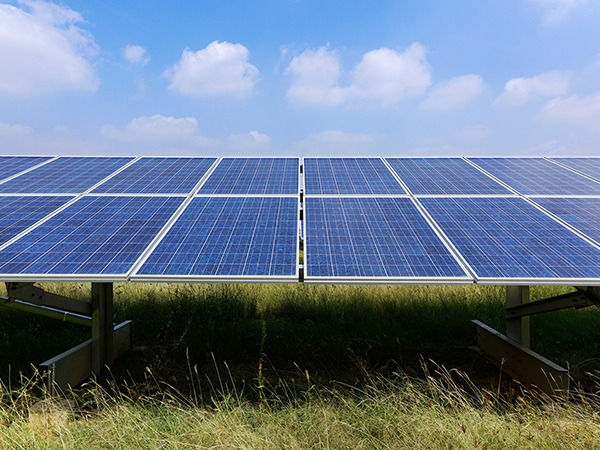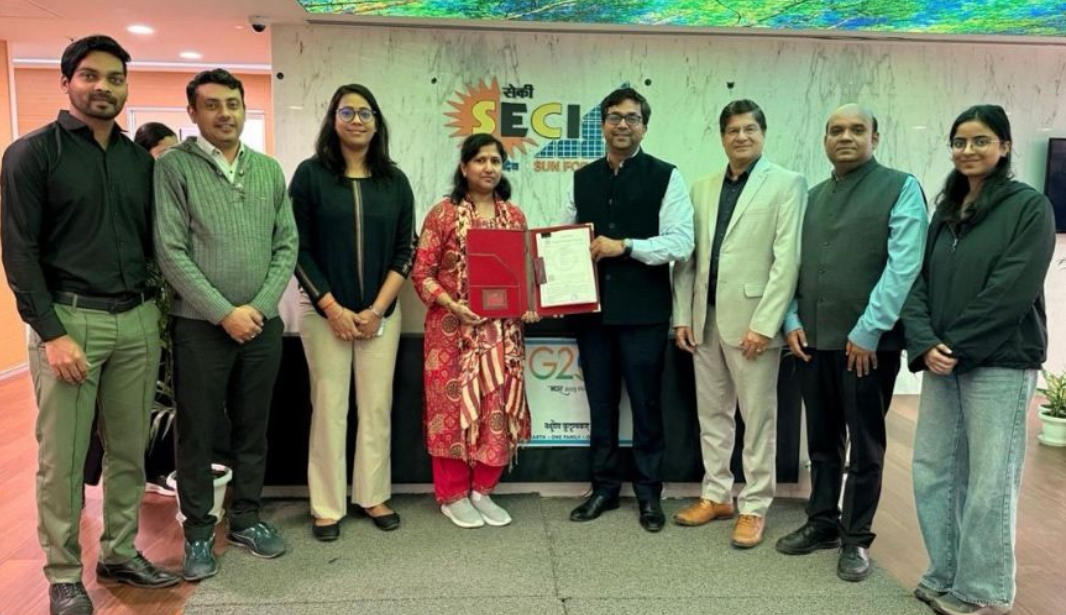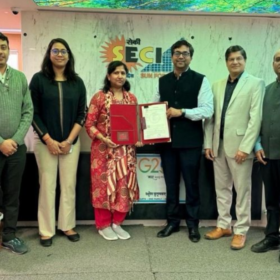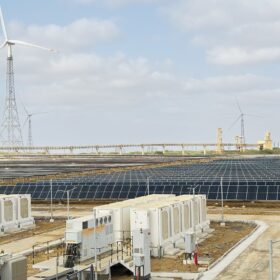Despite the rapid growth of solar, India continues to rely heavily on coal to meet evening peak demand, says a new briefing note by the Institute of Energy Economics and Financial Analysis (IEEFA).
Peak electricity demand typically occurs around 3 PM during solar hours and again between 9 PM and 11 PM during non-solar hours. This is driven by rising air conditioning loads, intensifying heatwaves, and growing industrial and commercial demand.
Coal remains the backbone of supply, accounting for nearly 73% (157.6GW) of the total daily generation, the report states. As of FY2024, the industrial, commercial, residential, and agricultural sectors accounted for around 32%, 10%, 31%, and 22% of India’s total electricity consumption, respectively.
“While still modest in scale, electric vehicles (EVs) are beginning to contribute to electricity demand. Electricity consumption by EVs has grown nearly tenfold – from 59 million units (MUs) in FY2021 to 569MUs in FY2024,” says Charith Konda, contributing author and Energy Specialist at IEEFA, South Asia.
IEEFA’s analysis shows that the alignment of peak demand with solar availability presents an opportunity to maximise solar utilisation, making it possible to tap into the cheapest available renewable energy source, reduce daytime reliance on coal, and cut emissions.
“The persistent evening peaks, which now nearly match daytime highs, reinforce the urgency of deploying storage solutions, demand measures and hybrid renewable projects to meet post-sunset demand,” says Saloni Sachdeva Michael, co-author and Energy Specialist at IEEFA, South Asia. The sharp rise in demand after sunset strains the grid and drives up market prices.
“Incentivising load shifting from evening to day, especially among industrial and commercial consumers, can help align demand with abundant solar generation. To support this, Time of Day tariffs should be made more effective by significantly widening the price differential between peak and off-peak periods,” suggests Vibhuti Garg, contributing author and Director, IEEFA, South Asia.
The authors advocate the use of energy-efficient appliances such as ACs, lights, and industrial motors. Zero-interest financing can ease the upfront costs of these appliances, making them affordable for households and small businesses. Additionally, the government can consider reducing the goods and services tax (GST) on 5-star rated appliances.
Further, there is an urgent need to scale up efficient storage capacity to dispatch solar power during non-solar hours to meet the evening demand.
“Accelerating the use of battery energy storage systems can ensure grid stability and reduce the need for fast-ramping coal. Battery storage also enables energy arbitrage by charging during near-zero-cost solar hours and discharging during high-demand hours, making it a critical tool for meeting peak demand efficiently. To reduce the cost of energy storage, the government must fast-track PLI disbursals and rationalise import duties until domestic manufacturing scales up,” says co-author Kaira Rakheja, Energy Analyst, IEEFA, South Asia.
Hybrid projects that combine complementary generation patterns of solar (daytime), wind (evening and night), and hydro (dispatchable as needed) also make for a diversified and flexible energy mix. When paired with battery storage, these hybrids can store surplus energy and release it during peak demand hours, particularly in the evening.
However, the note highlights that the deployment of such projects is limited at present due to land aggregation issues, lack of coordinated transmission planning, and high cost of storage components. To address these bottlenecks, the government can consider streamlining land and grid access for hybrid clusters, revise power purchase agreements to value firm and dispatchable output and provide clarity on compensation for storage-based services.
“Prioritising the adoption of advanced digital tools to improve demand forecasting, grid planning, and operational efficiency is also essential,” notes Garg.
“Ultimately, addressing India’s rising electricity demand will require a strategic overhaul of how we generate, store, and consume electricity. By prioritising storage deployment along with hybrid projects, and leveraging demand flexibility and digital tools, India can not only meet its rising electricity demand peaks but also build a power system that is cleaner, more cost-effective, and climate resilient,” Sachdeva emphasises.
This content is protected by copyright and may not be reused. If you want to cooperate with us and would like to reuse some of our content, please contact: editors@pv-magazine.com.









By submitting this form you agree to pv magazine using your data for the purposes of publishing your comment.
Your personal data will only be disclosed or otherwise transmitted to third parties for the purposes of spam filtering or if this is necessary for technical maintenance of the website. Any other transfer to third parties will not take place unless this is justified on the basis of applicable data protection regulations or if pv magazine is legally obliged to do so.
You may revoke this consent at any time with effect for the future, in which case your personal data will be deleted immediately. Otherwise, your data will be deleted if pv magazine has processed your request or the purpose of data storage is fulfilled.
Further information on data privacy can be found in our Data Protection Policy.